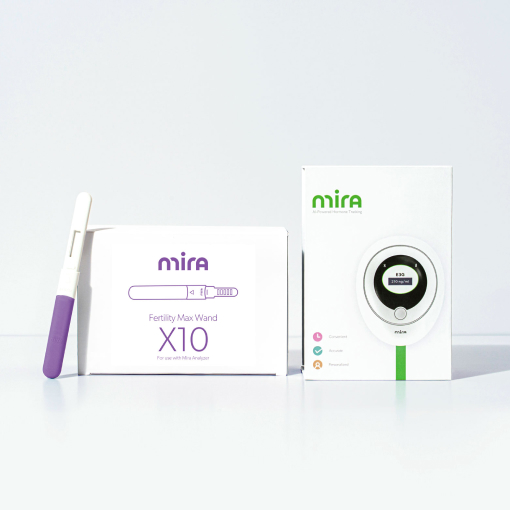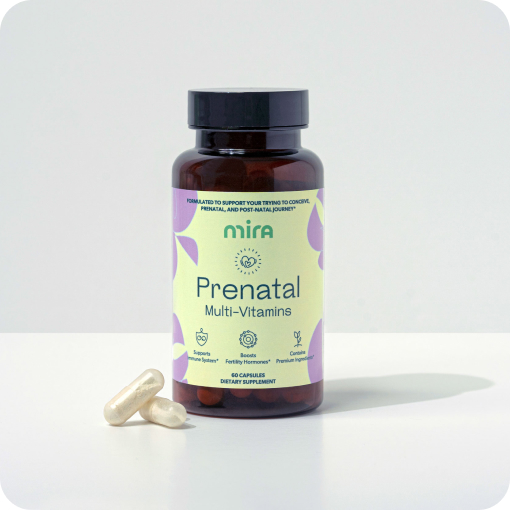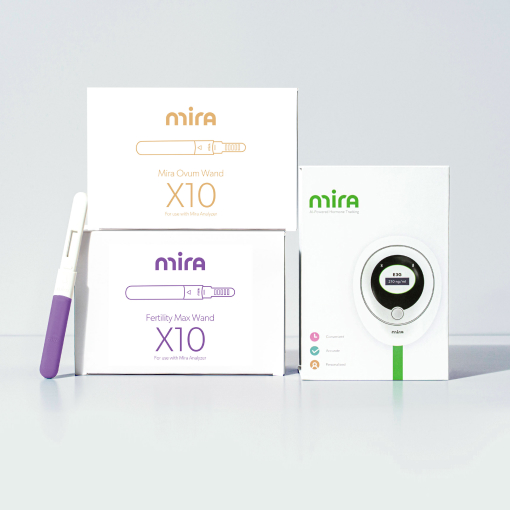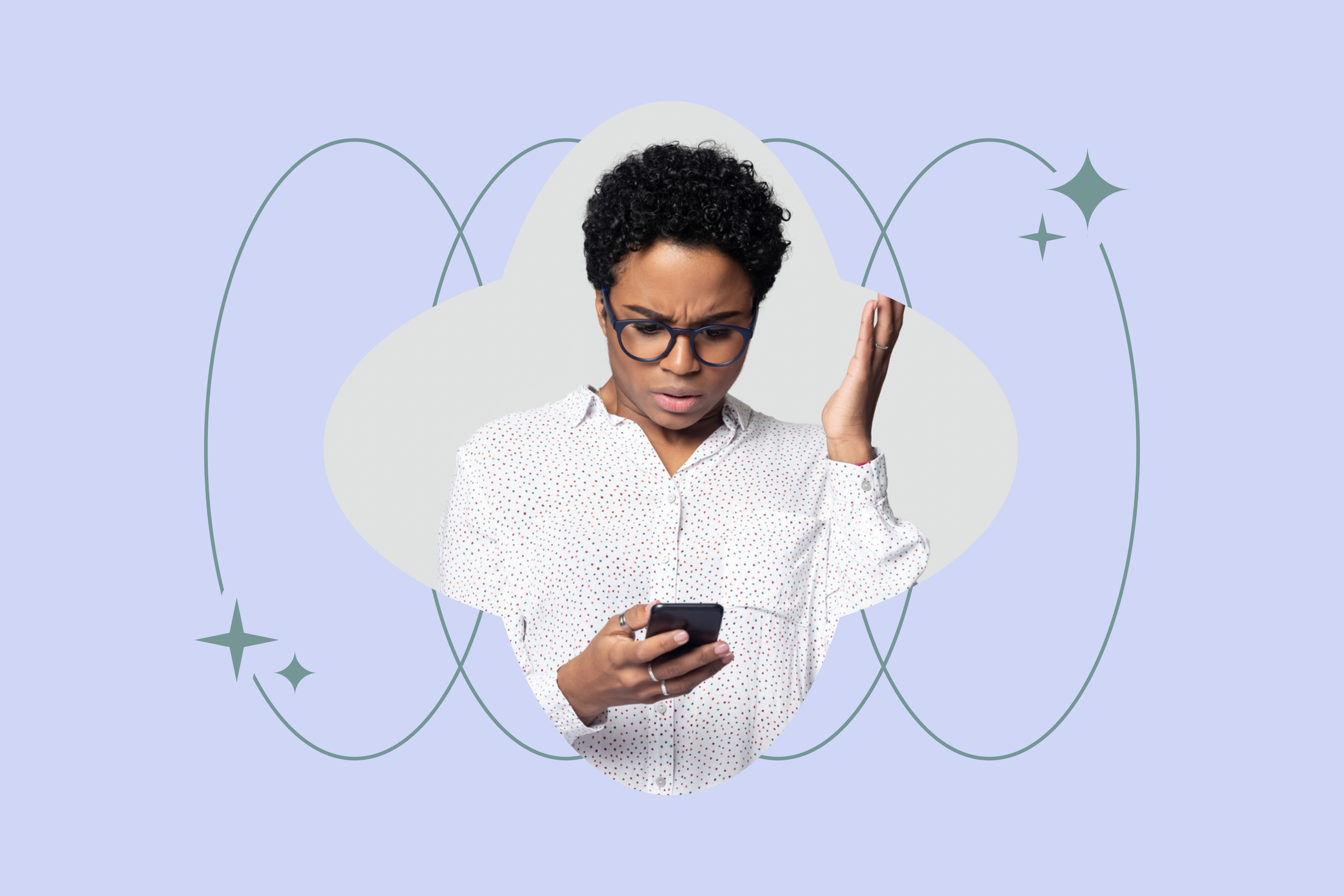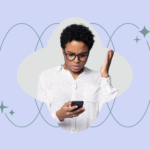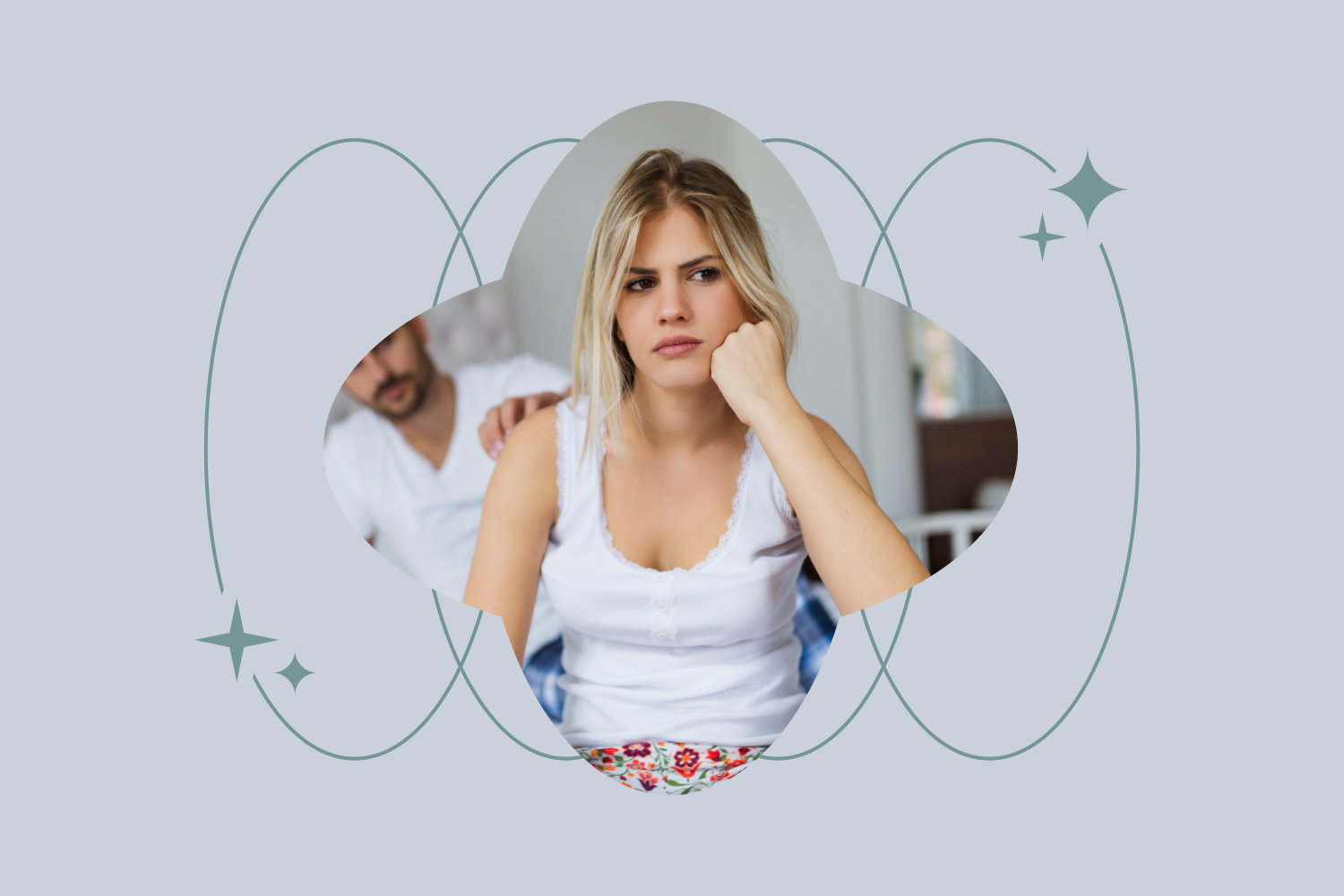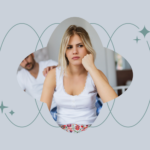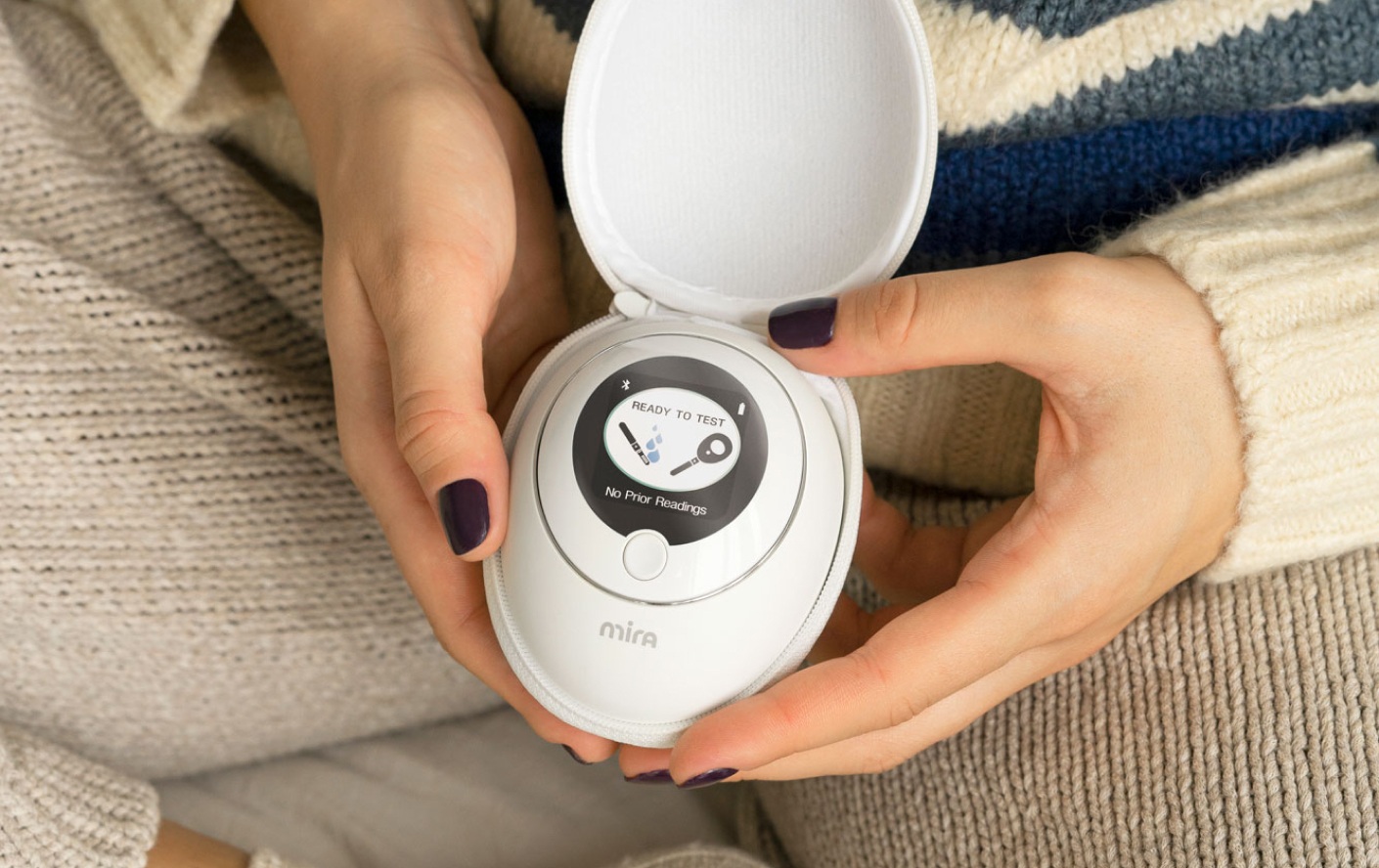When to Have Sex After LH Surge: Timing Sex for Ovulation
If you are planning a pregnancy in the near future, you have probably already read a lot about things like surging hormones, the biological processes behind ovulation, and ways to predict your fertile window.
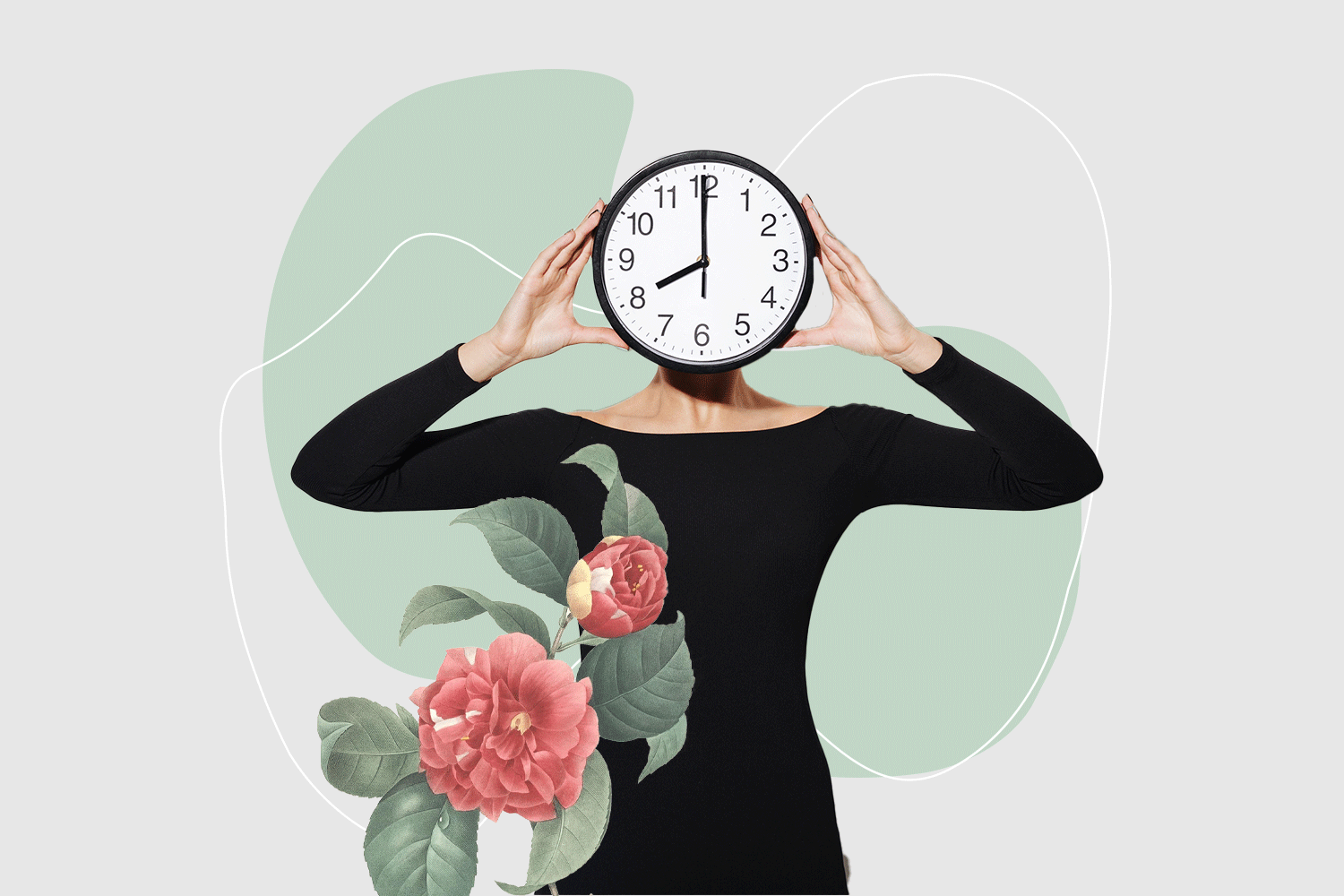
However, at the end of the day, you can’t get pregnant without one thing: sex.
And if your aim is to get pregnant as soon as possible, it’s important that you and your partner are not only having plenty of sex, but you are having plenty of sex at the right time of the menstrual cycle.
To help you get started, here is everything you need to know about your fertile window, when to have sex after your LH surge, and when your chances of getting pregnant are at their highest. We’ll follow this up by answering some of the most frequently asked questions regarding sex, timing, and maximizing your chances of getting pregnant.
Understand Your Fertile Window
During your menstrual cycle, there are on average six days where you are the most likely to become pregnant if you have unprotected sex. This period of time is known as your “fertile window”, and it begins approximately four to five days before ovulation and ends 24 hours after ovulation.
Within your fertile window, there are two days where you are considered at “peak” fertility. This includes the day before ovulation and the day of ovulation. For women trying to conceive (TTC), pinpointing these two most fertile days during the fertile window is key to planning a successful pregnancy.
One way to do this is by tracking your luteinizing hormone (LH) levels as these levels spike or “surge” right before ovulation.
What is an LH surge?
LH or the “luteinizing hormone” is simply a fertility hormone produced in the pituitary gland. Its main job is to stimulate the release of an egg from the ovary, while also stimulating the production of other reproductive hormones. In women, LH levels rise dramatically approximately 24-36 hours before ovulation. This increase or “surge” is what triggers the release of an egg from the ovary into the fallopian tube (also called ovulation) and marks the “peak” of your fertile window.
Elevated LH levels also help to stimulate the corpus luteum to produce progesterone that helps support early pregnancy if conception occurs. Soon after ovulation happens, LH levels drop back to their baseline.
Essentially, without a surge in the luteinizing hormone (LH), ovulation (and pregnancy) is not possible.
When does ovulation start?
Your exact day of ovulation will vary depending on the length of your cycle. However, no matter what day ovulation happens, your LH levels will surge beforehand. For the majority of women, this surge is brief, and you can expect to ovulate within 24-36 hours after the LH surge begins. However, some women may experience an LH surge of up to two to three days.
It’s important to note here that every woman’s cycle is different. While some women ovulate on day 8 of their cycle, others ovulate as late as day 21 (more on late ovulation here). Monitoring and tracking your own personal LH levels is one of the best ways to pinpoint your exact day of ovulation and plan for pregnancy effectively.
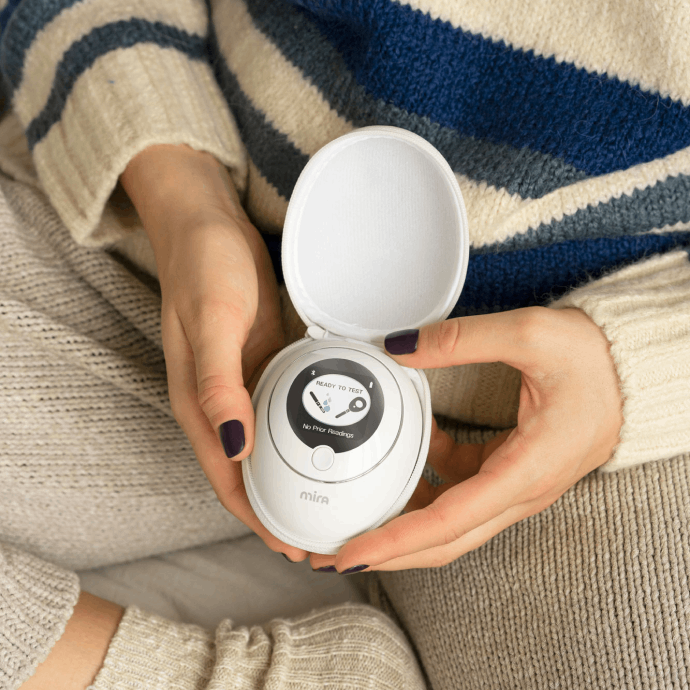
When are you most likely to conceive?
You are most likely to conceive during the six days of your fertile window. For most women, this begins four to five days before ovulation and ends the day after ovulation (more on how long ovulation is here). This is because the lifespan of sperm is up to five days and the lifespan of an egg is 12-24 hours after it is released.
Within this fertile window, your chances of becoming pregnant increase as you approach your ovulation day, with your highest chances on the days before and the day of ovulation.
On the other days outside of your fertile window, your chances of conceiving are very low. That’s why it is so important to be aware of when your fertile window is, so that you can plan to have sex during this time.
So, When Should You Have Sex?
Having sex anytime during your fertile window is the best way to maximize your chances of conception. However, there are some days within your fertile window where your chances are the highest.
Here’s a quick look at how to plan sex around your LH surge and a positive ovulation test.
When should you have sex after your LH surge?
Once you know that your LH levels are surging, you should aim to have sex with your partner at least once within the next two days. This is when you will be at your “peak” fertility. If possible, this should include the day before ovulation and the day of ovulation.
When should you have sex after positive ovulation test?
A positive ovulation test indicates that you are at the height of your fertile window and will ovulate within the next 24-36 hours. Therefore, if your ovulation test is positive, you should aim to have sex at least once within the next two days. Again, this should include the day before ovulation and the day of ovulation.
What Are My Chances?
Although sex anytime during your fertile window is good, there are certain days where your chances of conception are the highest. Here’s a look at what your chances are before, during, and after ovulation.
Sex 2 days before ovulation
At two days before ovulation, your LH levels will likely be on the cusp of surging. While you are not necessarily at peak fertility, your chances of conception are still higher on this day compared to the other days of your cycle. That’s because sperm can live up to five days in cervical mucus. So if you have sex two days prior to ovulation, there is still a very good chance that your partner’s sperm can fertilize your egg once ovulation occurs.
Sex the day before ovulation
Your chances of conception are at their highest on the day before ovulation, and having sex on this day is highly recommended if you are trying to become pregnant. According to a certified nurse-midwife, the majority of pregnancies “result from sex that happened less than two days before ovulation”, so try to pencil in sex on this day if you can.
Sex during ovulation
Your chances of getting pregnant are also very high the day that you ovulate. On this day, your egg will be released and your cervical mucus will be the right texture to facilitate conception. If you and your partner have not had sex yet, make sure to do so on your day of ovulation as this is the last day within your fertile window where your fertility is at its “peak”.
Sex after ovulation
The day after ovulation is still considered one of your most fertile days of the month. However, it’s important to note that once your eggs have been released, they will only live for up to 24 hours. After that, your chances of conception will drastically decrease. Therefore, if you are trying to conceive, make sure to have sex no later than the day after ovulation.
Best Time to Have Sex FAQs
If you are setting out on your fertility journey, you will no doubt have a few questions about the best times to have sex in order to get pregnant. You may even be wondering if timing actually matters at all!
To help, here are a few of your most frequently asked questions answered.
Does timing really matter?
Yes! It absolutely does! Although it’s not impossible, it is rare to become pregnant during the days outside of your fertile window. Here’s why.
Why timing matters
Pregnancy happens when an egg is fertilized by a sperm. During a woman’s menstrual cycle, eggs are released from the ovary during ovulation and once released, they can only live for up to 24 hours. Therefore, in order to make sure that your partner’s sperm reaches your egg in time, it’s important to have sex around the time of your menstrual cycle where you are ovulating.
In addition to your egg being released, your cervical mucus also changes in the days leading up to ovulation and during ovulation. Before ovulation, it may feel stickier than usual, and around ovulation it will likely feel slippery and stretchy – similar to the consistency of raw egg whites.
This texture is designed to help your partner’s sperm (which can live for up to five days inside of your body) make the long journey through your vagina to the uterus in order to fertilize your egg. This is why you are still considered at peak fertility in the days leading up to ovulation – because even if you have not ovulated yet, your partner’s sperm can still be living inside of you at your time of ovulation.
Monitoring your cycle and predicting ovulation
Now that we’ve settled the fact that timing is everything when it comes to getting pregnant, you might be on the lookout for ways to accurately predict your fertility window and day of ovulation.
To help, here are a few different ovulation prediction methods that you can try and test for yourself.
Calendar Method: This method involves keeping track of your menstrual cycle daily over the course of six months to a year. With diligent tracking, you can get a good estimate of when your most fertile days of the month are. Alongside tracking your period, you can also track the consistency of your cervical mucus.
Basal Body Temperature (BBT) Method: Your temperature rises approximately 0.5°F 12 hours after you ovulate. Therefore, your most fertile days will be two days prior to this rise in BBT. By tracking your BBT daily over the course of 6-12 months, you can anticipate when ovulation will occur, aim to have sex on your most fertile days, and confirm that ovulation has happened. This method works great in combination with the calendar method.
Hormone Testing: At-home hormone testing is one of the most accurate ways to predict your fertility window and day of ovulation. In fact, one study found that women who use at-home ovulation tests correctly have an increased likelihood of pregnancy.
There is not a “one size fits all” solution for fertility tracking. The best way to get started is to simply listen to your body, stay mindful of your cycle, and be open to trying fertility tracking methods.
How long am I fertile after a positive OPK?
Once you test positive for ovulation, you are considered at peak fertility for the following two to three days. During this time you will have ovulated and your egg will be viable for the following 24 hours. If conception is your goal, try to have sex with your partner a few times during this period to maximize your chances of getting pregnant.
Even though you can still technically get pregnant anytime during the month, your highest chances of conceiving will be in these two to three days following your positive OPK test.
Should I have as much sex as possible if I’m TTC?
On average, having unprotected sex every two to three days throughout your entire cycle should eventually result in a successful pregnancy. According to the pregnancy research charity, Tommy’s, it is estimated that “8 out of 10 couples where the woman is under 40 years old will get pregnant within one year if they have regular, unprotected sex”.
However, if you find that having sex every two to three days is just too much for you and your partner, penciling in sex around your time of ovulation is a great way to ensure that you are having sex at the right time of the month. This way, you do not feel pressured to have sex as often, but when you do, your chances of getting pregnant are at their highest.
It is also important to note that having sex with your partner should not stress you out or feel like a chore. Remember, stress can hinder your chances of getting pregnant, so don’t let sex become a point of tension between you and your partner.
Instead, try to work out ways that you can make sex for conception as enjoyable as possible. If you enjoy it, you will be likely to have it more frequently. Ways that you can do this include making sex with your partner a priority, exploring different positions, and reducing your overall lifestyle stress.
Recommended for you
Navigate your fertility with peace of mind
Mira’s Editorial Process
All content produced by Mira meets stringent editorial standards, ensuring excellence and accuracy in language and medical precision. Every piece undergoes thorough fact-checking and review by qualified professionals. Check out our full editorial process to learn more.


